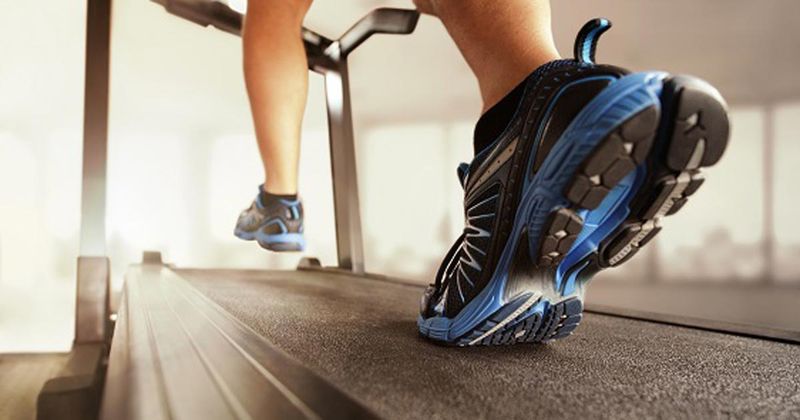Few patients with axial SpA have knowledge, skills for cardiorespiratory training
Although most patients with axial spondyolarthritis understand the importance of regular physical activity, few have the knowledge and skills necessary to perform cardiorespiratory training, according to data published in BMC Rheumatology.
“Evidence shows that exercising, according to the public health recommendations for health-enhancing [physical activity (PA)], is effective, safe and feasible for individuals with [rheumatic and musculoskeletal diseases (RMDs)], and that it should be performed throughout the course of the disease,” Anne-Kathrin Rausch Osthoff, MSc, of the Zurich University of Applied Sciences, in Switzerland, and colleagues wrote. “Experience from clinical practice suggests that patients often are not aware of the distinction between PA and [cardiorespiratory training (CRT)] and their specific health benefits.”

To investigate the beliefs regarding exercise held by patients with axial SpA, Rausch Osthoff and colleagues used a qualitative research design with semi-structured focus groups. The researchers established five focus groups, three of which aimed specifically to examine patient beliefs regarding activity and the barriers to cardiorespiratory training in patients with axial SpA. Meanwhile, the last two groups examined activity behavior patterns and technology-based cardiorespiratory training.
Recruitment for the focus groups was conducted by the Ankylosing Spondylitis Association of Switzerland, which invited all members from the German-speaking portion of the country. In the first cluster of focus groups, patients were selected based upon their self-reported activity levels, and then in a way to ensure maximum diversity. Patients in the last two groups were chosen because of an interest in technology-assisted exercise.
The interviews were conducted at the Zurich University of Applied Sciences or the Ankylosing Spondylitis Association of Switzerland headquarters. Questions focused on personal health evaluations, physical activity significance and attitudes regarding physical activity and cardiorespiratory training. Three groups additionally covered barriers and facilitators to these activities, while the other two asked about technological involvement.
According to the researchers, the interviews revealed positive attitudes regarding activity in both evaluated forms, including mentions of multiple benefits to exercising. The benefits cited by participants included physical, psychological and social improvements, with few relative risks mentioned. However, some patients did not understand the conceptual differences between general physical activity and cardiorespiratory training. They recalled self-discipline and technology as useful tools for maintaining a routine including physical activity.
“People living with [axial SpA (axSpA)] show multifaceted behavioral, normative and control beliefs concerning CRT and general PA that underpin the beneficial impact on personal health and wellbeing (behavioral belief),” Rausch Osthoff and colleagues wrote. “For most participants, general PA is part of their daily routine and it is understood to be an important self-management strategy (control belief). However, not all participants were aware of the importance of CRT and only a few possessed the knowledge and skills to perform CRT.
“[Physiotherapists (PTs)] play a key role in PA promotion and influence normative beliefs, which could be used to a greater extent in the future to promote active lifestyle competencies in people living with axSpA,” they added. “Concrete training and implementation strategies at the level of patients and PTs need to be developed in the future through further research.”
References:
- Rausch Osthoff AK, et al. Ann Rheum Dis. 2018;doi:77(9):1251–60.
- Rausch Osthoff AK, et al. Ann Rheum Dis. 2018;doi:4(2):e000713.
